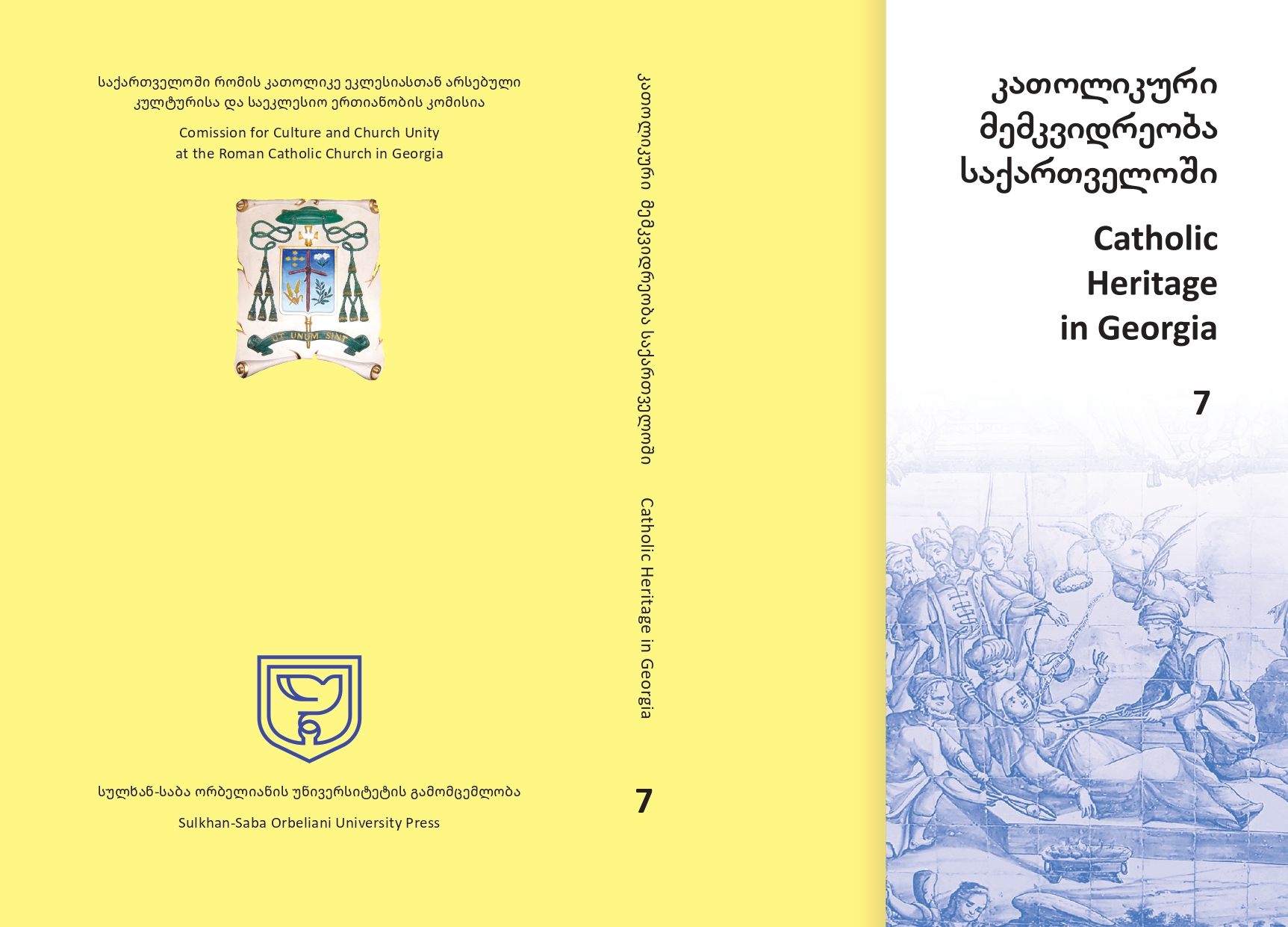ქართველთა შორის წერა-კითხვის გამავრცელებელი საზოგადოების თანამშრომლობა სამცხე-ჯავახეთის კათოლიკე მოსახლეობასთან
DOI:
https://doi.org/10.52340/chg.2024.07.05ანოტაცია
Georgia served as a primary area of activity for the Society for Promoting Literacy among Georgians, an organization dedicated to protecting and preserving Georgian national consciousness. To achieve this goal, the Society established public schools, libraries, printing houses, and bookstores throughout the region. One of the Society’s key areas of operation was Samtskhe-Javakheti,
where it immediately recognized the challenging educational conditions and the religious division of the population into three distinct groups. The Society paid particular attention to the Catholic community within this religiously diverse region. Through the Society’s efforts, schools were established in several Catholic villages: Khizabavra in 1881, the village of Ude in 1882, and Arali in 1912. These educational institutions provided crucial access to Georgian-language instruction for Catholic communities who might otherwise have been excluded from national educational initiatives. The Society’s commitment to cultural preservation extended beyond formal education through the establishment of libraries in strategic locations: the city of Akhaltsikhe in 1895, the village of Ude in 1897, and Khizabavra in 1905. These libraries served as important repositories of Georgian literature and culture, making educational resources accessible to rural Catholic populations. Through these educational and cultural initiatives, the Catholic population of Samtskhe-Javakheti was able to maintain their Georgian national consciousness while preserving their religious identity. This case study demonstrates how the Society for Promoting Literacy among Georgians successfully navigated the complex intersection of national identity, religious diversity, and educational access in late 19th and early 20th century Georgia.








